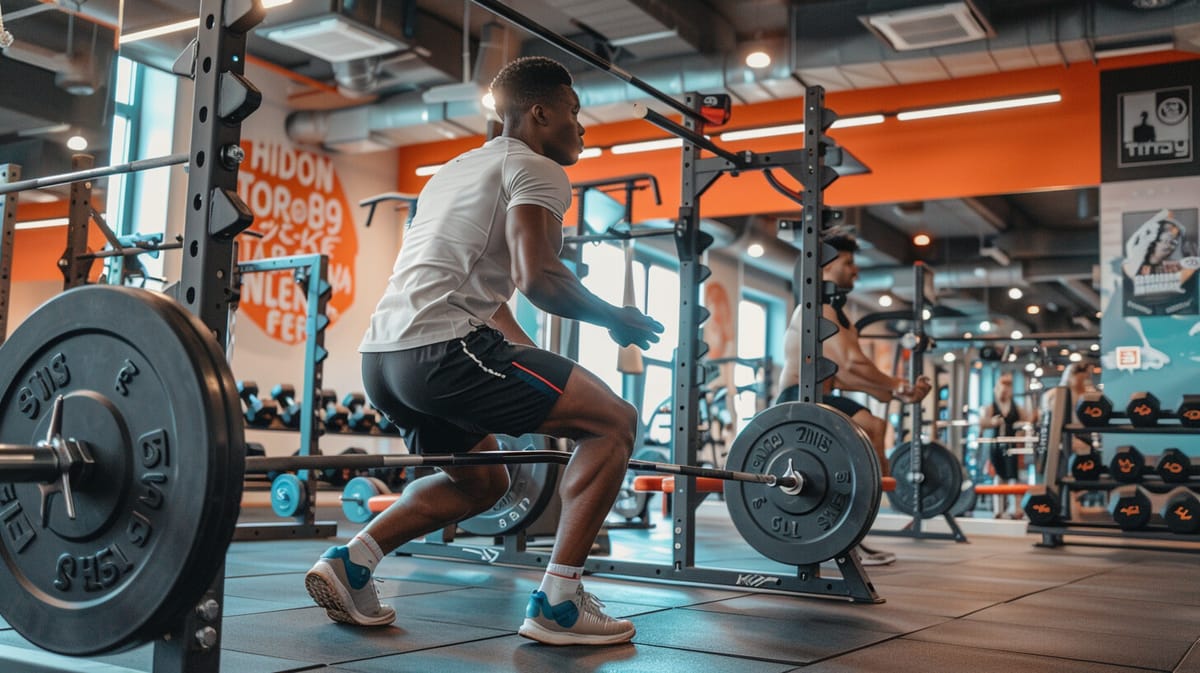Unlock the Power of Proper Squatting: A Step-by-Step Guide to Mastering This Essential Exercise

Squatting is not just an exercise; it's a fundamental motion integral to our daily activities like sitting, standing, and even walking. Interestingly, this natural movement is ingrained in us from an early age. If you've ever observed toddlers picking up toys, you've witnessed the perfect squat in action. Despite its natural roots, many adults find squatting challenging and associate it with knee or back pain due to improper technique.
Why Squatting Matters
Squatting is crucial for more than just fitness enthusiasts; it's essential for functional movements used in everyday life. Whether you're getting out of a car or using the restroom, squats play a vital role. For athletes, squats help in improving mobility, building lower body strength, and increasing speed and power. Aesthetically, they are unparalleled in building an attractive and strong lower body.
Learning the Squat - Basics First
To master the squat, start by understanding the basic mechanics:
- Positioning Your Feet: Stand with your feet about shoulder-width apart, or slightly wider. The exact spacing can vary based on your comfort and body type.
- The Hip Hinge: Initiate the squat by sitting back with your hips, not by bending the knees forward. This approach helps in minimizing stress on the knees and engages the stronger hip muscles.
- Weight Distribution: Keep your weight evenly distributed across the entire foot, though you can emphasize slightly more on the heels. This provides stability and power during the exercise.
Deepening Your Squat - Advanced Techniques
Once you are comfortable with the basic squat, increase your depth and challenge:
- Box Squats: Utilize a box or a bench as a target to tap gently with your behind without fully sitting down. This drill helps in reinforcing the hip hinge movement.
- Miniband Walks: Place a miniband just above your knees to encourage proper knee alignment and glute engagement, key factors in a strong squat.
Maintaining Proper Form
Throughout your squat, maintain a neutral spine - your shoulders should be pulled down and back, and the natural curve of your lower back should be preserved, especially at the lower positions of the squat:
- Hip Hinges: Use this drill to ensure you're bending correctly at the hips, not the back.
Incorporating Resistance
As your confidence in your squats builds, you can begin to add external loads:
- Goblet Squat: Holding a weight in front of your chest, this variant allows a deeper squat while maintaining balance and form.
- Barbell Back Squat: Ideal for more advanced individuals, this builds upon the foundation you've set with proper squat mechanics.
Summary
Squatting is a dynamic, multifunctional exercise that strengthens and sculpts the lower body while protecting and enhancing joint health. By starting with the basics and progressing to more advanced techniques, you can safely and effectively incorporate squats into your fitness regime. Remember, like any skill, proficiency comes with patience and practice.


